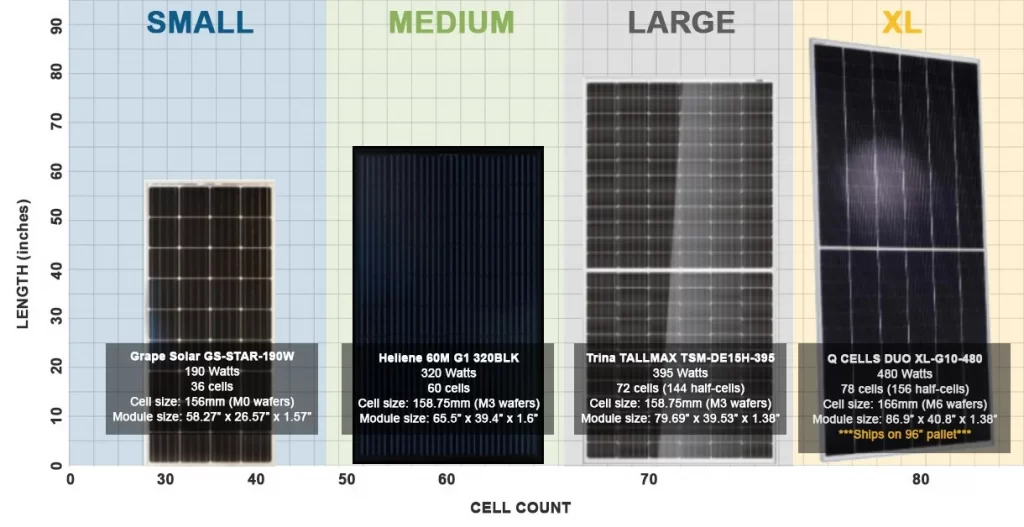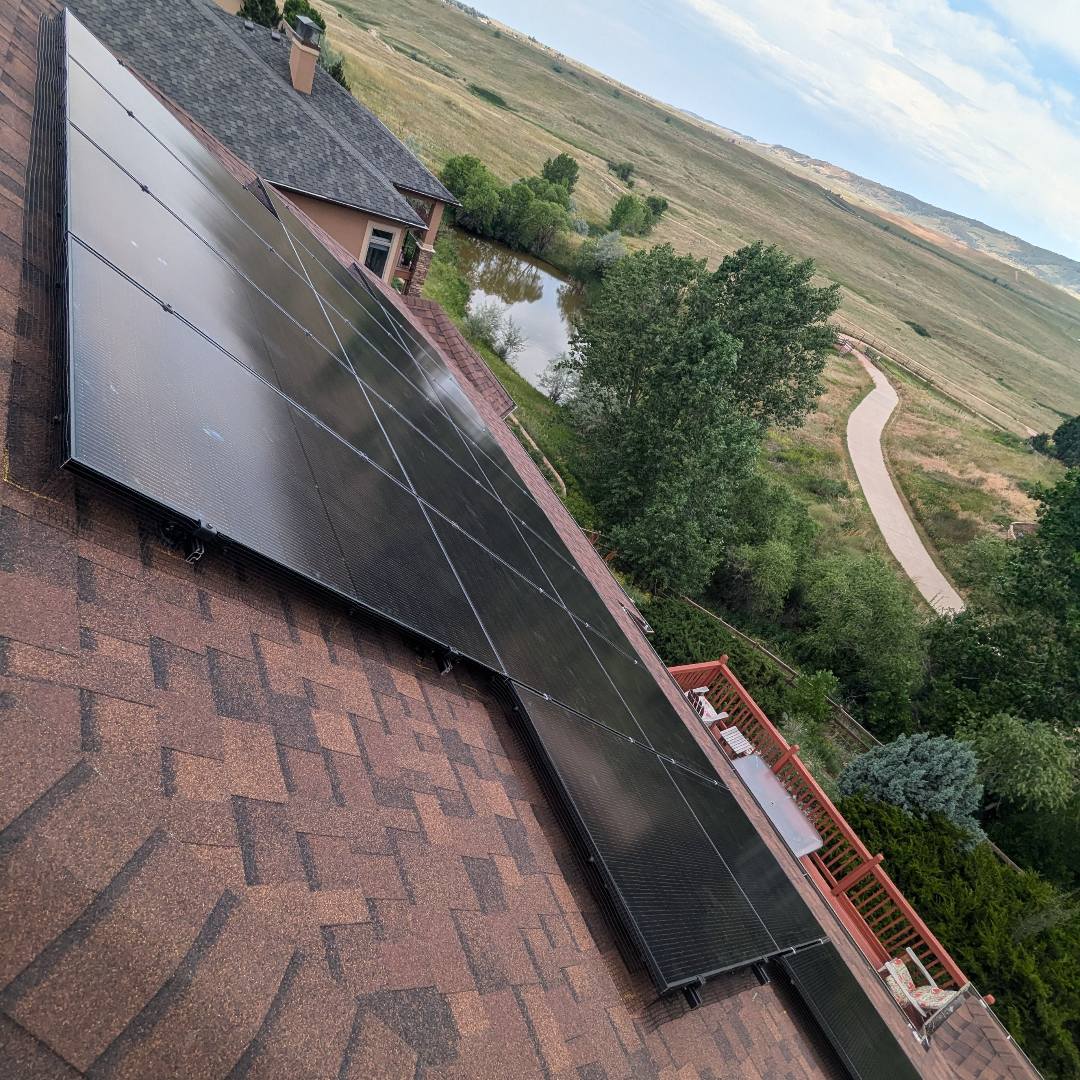
Introducing Tesla Powerwall 3: Specs, Benefits & More
Get the most powerful home backup power with the Tesla Powerwall 3. Solar Power Pros is a Tesla Powerwall Certified Installer in Colorado. Reach out today for your free quote!

As solar PV has become mainstream over the past 30 years, improvements in technology have led to tremendous gains in the power a solar panel can produce. During that time, solar panels’ dimensions haven’t increased all that much despite gains of over 7x in a panel’s power output. This speaks to the facts that:
Panels break down into 3 main categories
The main benefit of understanding how solar panels sizes work is to help you differentiate the difference between solar proposals. Often times residential customers will pay a premium panel price because of a high production number on the panel without understanding they are buying a larger panel with lower production per cell.

Get the most powerful home backup power with the Tesla Powerwall 3. Solar Power Pros is a Tesla Powerwall Certified Installer in Colorado. Reach out today for your free quote!

A professional evaluation is the best way to find out whether your house is good for solar panels. Schedule your free, no-pressure evaluation today with Solar Power Pros—the leading local solar installer on the Front Range.